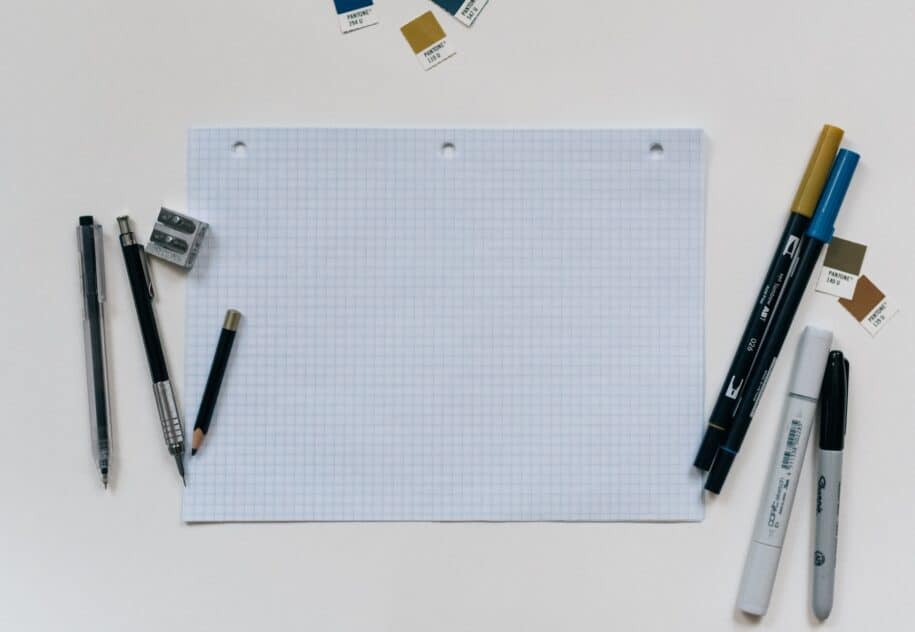For those who want to track their spending but who hate spreadsheets, fear not, as you have multiple options.
You can become wealthy if you take control of your spending. No, this doesn’t mean spending less, it means spending intentionally. If investment and savings is important to you, you’ll find a way to pay yourself first, and if you don’t have the money to do that, you’ll work to increase your income.
One of the most powerful tools I’ve found to track spending is the humble spreadsheet. Yes, that productivity worksheet that’s been around for 50 years (and much longer in non-electronic form).
I have a worksheet I use for helping my clients track their spending (you can get a version of it when you sign up for my free 5-Day Money Reset mini-course).
You all know what a spreadsheet looks like.
And many of you hate them.
I’ve heard it before, especially for some of you more artistic-oriented types, that just seeing a black-and-white table of numbers makes you bored, tired, and unhappy.
So what are you to do, if you are a spreadsheet-hating person, but one who also wants to take control of your finances?
Here are some ideas. It’s time to get creative.
Table of Contents
What is a spreadsheet for anyway?
A spreadsheet is a two dimensional table of values. Here’s what Wikipedia has to say on the matter:
A spreadsheet consists of a table of cells arranged into rows and columns and referred to by the X and Y locations. X locations, the columns, are normally represented by letters, “A,” “B,” “C,” etc., while rows are normally represented by numbers, 1, 2, 3, etc. A single cell can be referred to by addressing its row and column, “C10″…Users interact with sheets primarily through the cells. A given cell can hold data by simply entering it in, or a formula…The key feature of spreadsheets is the ability for a formula to refer to the contents of other cells, which may, in turn, be the result of a formula.
Wikipedia
So it’s a table, and it has the ability to calculate values.
When it comes to tracking spending, this is important because when you make purchases over time you want to sum them up, so that you know how much you’re spending in total.
And since it’s important to track your spending in various different categories (Groceries, Restaurants, Clothes, Pets, etc.) you need multiple sums of amounts. (These are the columns.)

And as a bonus, you want to track your spending against a target, meaning that if you allocated $500 for Restaurants, you need to make sure you hit that target. That’s a simple comparison.
So all you really use with a tracking spreadsheet is the summing up of purchase amounts, and comparing against target values.
You don’t technically need a spreadsheet for that.
Write it down (or type it out)
There’s nothing simpler than just writing everything down, either in a notebook or a simple piece of paper. Just create a tally of your purchases.
You can also open up a text document and type it out there. It doesn’t need to be a spreadsheet, just a tally.
You’ll want to use a calculator for summing, but everyone has one of those anyway.
You can use colored paper, colored pens, stickers, whatever you want. Go to town.
Use the envelope system (real or fake)
The envelope system is an old-school way of tracking expenses.
It typically involves using all cash. You divide your available cash into envelopes, one for each category, and when you spend money for that category, you take it out of that envelope. When the money is gone, you’re done spending in that category.
Now, I think it’s safe to say that most people don’t use cash these days. But who says you have to use real money in your envelopes? Why not, say, use Monopoly money?
You could allocate the amounts you want for each category, and when you spend money in that category, however you do it, you just take out the equivalent of Monopoly money in the envelope. Be the banker!
Use an app
Yes, those are also always available to you, and there plenty of options. Just make sure that you are the one tracking your spending, and not just downloading your transactions from your bank.
Get creative
I admit I’m not much of a visual person, but I totally respect that different people have different learning styles. And if spreadsheets don’t work for you, that’s fine, as you have a fair amount of freedom here.
Your needs are actually fairly small, just some light adding and subtracting, so you can invent whatever system you want that works for you.
So if you hate spreadsheets, fear not, you have options. (Unfortunately, it doesn’t get you off the hook for tracking your expenses!)



